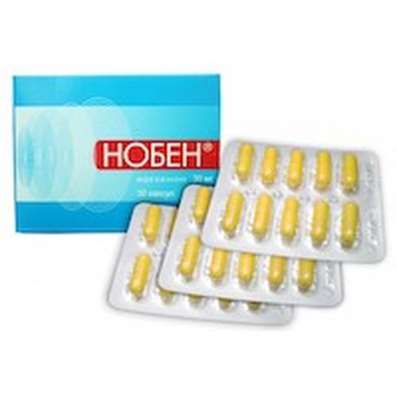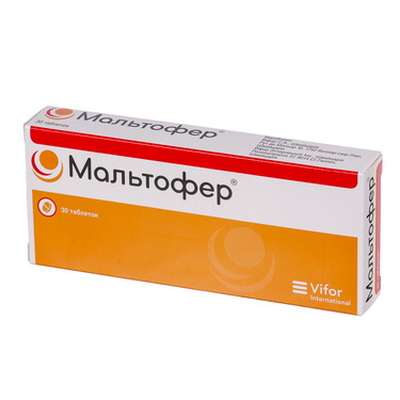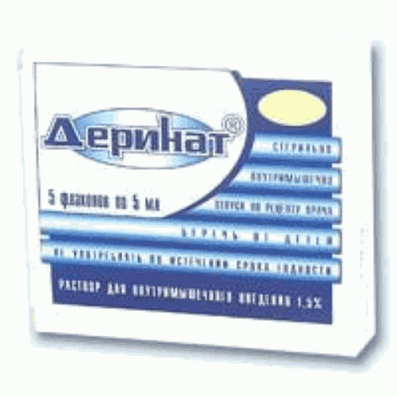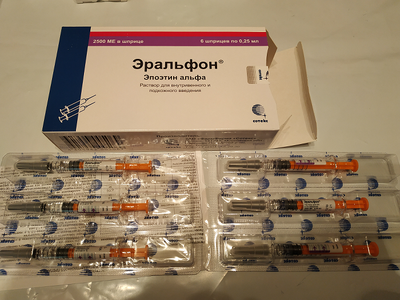Instruction for use: Ornilatex
I want this, give me price
Active substance Ornithine
ATX code A05BA Preparations for the treatment of liver diseases
Pharmacological group
Proteins and amino acids
Hepatoprotectors
Nosological classification (ICD-10)
E46 Protein-energy deficiency, unspecified
Malnutrition, Unbalanced nutrition, Period of intensive growth, The period of intensive growth and development, Oral nutrition, Alimentary dystrophy, Alimentary infectious dystrophy, Protein deficiency, Protein starvation, Protein-calorie deficiency, Protein-energy deficiency, Feeding premature babies, Severe protein deficiency, Nursing premature babies, Hypotrophy, Hypotrophy in children, Protein deficiency, Dystrophy, Dystrophy of newborns, Additional parenteral nutrition, Additional source of amino acids, An additional source of essential amino acids, Probe or oral feeding, Probe feeding, Enteral probe nutrition, Altered Protein Metabolism, Violation of protein anabolism, Disruption of protein metabolism, Protein metabolism disorders, Amino acid deficiency, Protein deficiency, Lack of essential amino acids, Protein malnutrition, Malnutrition during the period of intensive growth, Low protein in the diet, Normalization of amino acid balance disorders
E72.2 Disruption of the urea cycle metabolism
Argininemia, Arginine Succinatemia, Hyperammonemia, Ornithine transcarbamylase deficiency, Urea cycle enzyme deficiency, Citrullinemia
E72.9 Disorders of amino acid metabolism, unspecified
Hartnap disease, Prolinemia, Lysinemia
K72 Hepatic insufficiency, not elsewhere classified (including hepatic coma)
Insufficiency of the liver-cell, Pronounced hepatic encephalopathy, Coma hepatic, Latent hepatic encephalopathy, Insufficiency of the liver, Hepatic coma, Hepatic coma and precoma, Hepatic encephalopathy, Development of hepatic impairment, Encephalopathy of the liver, Inflammatory liver disease, Gepatargy, Encephalopathy portosystemic, Hepatocellular insufficiency, Hepatic precoma and coma, Portal-systemic encephalopathy
K76.9 Liver disease, unspecified
Change in liver function in heart failure, Restoration of impaired liver function, Severe liver function disorders, Hepatitis, Hepatosis, Hepatopathy, Liver dysfunction, Diseases of the liver, Impaired liver function, Dysfunction of the liver, Infringements of function of a liver of an inflammatory etiology, Functional liver failure, Functional disorders of the liver, Chronic liver disease, Chronic diffuse liver disease, Enterogenic diseases of the gallbladder and liver
Composition
Concentrate for preparation of solution for infusions of 1 amp.
active substance:
ornithine aspartate (in terms of dry substance) 5 g
excipient: water for injection - up to 10 ml
Description of the dosage form
Colorless or light yellow transparent liquid.
pharmachologic effect
Pharmacological action - hypoazotemic.
Pharmacodynamics
Reduces the increased concentration of ammonia in the body, particularly in liver diseases. The action of the drug is associated with its participation in the Krebs ornithine cycle of urea formation (the formation of urea from ammonia). Ornithine acts as a catalyst for the carbamoyl phosphate synthetase and ornithine carbamoyl transferase enzymes, and is also the basis for the synthesis of urea. In addition, the drug activates the ornithine cycle of urea formation, which also contributes to the reduction of ammonia levels. Promotes the production of insulin and somatotropic hormone. Improves protein metabolism in diseases requiring parenteral nutrition.
Pharmacokinetics
In vivo, it forms 2 active metabolites: aspartate and ornithine, which have a short T1 / 2 of 0.3–0.4 h, are excreted by the kidneys through the urea cycle. A small part of aspartate is excreted by the kidneys in unchanged form.
Indications
acute and chronic liver disease, accompanied by hyperaemonemia;
hepatic encephalopathy, including as part of a complex therapy of impaired consciousness (precoma and coma);
as a corrective additive to drugs for parenteral nutrition in patients with protein deficiency.
Contraindications
hypersensitivity to the drug;
severe renal impairment (serum creatinine> 3 mg / 1 dl);
breastfeeding period;
children's age up to 18 years.
pregnancy and lactation
During pregnancy, the use of the drug ORNILATEKS® is possible only under the strict supervision of a physician, taking into account the benefit / risk ratio for the mother and the fetus. At the time of treatment with the drug should stop breastfeeding.
Side effects
Very rarely (less than 0.01%) - nausea, vomiting; allergic reactions.
Interaction
Not found.
ORNILATEKS® should not be mixed with other drugs. For dilution, use only the solutions indicated in the description.
Dosage and administration
In / in, drip. The contents of the ampoules are mixed with 500 ml of infusion solution (0.9% sodium chloride solution, 5% dextrose solution (glucose) or Ringer's solution).
Adults. The average therapeutic dose of ornithine is 20 g / day.
In case of hepatic encephalopathy (depending on the severity of the condition), up to 40 g / day of ornithine is injected / in.
It is recommended to dissolve no more than 30 g of ornithine in 500 ml of infusion solution. The maximum infusion rate is 5 g / h ornithine.
The duration of drug therapy is determined in each case individually, based on the pathology and severity of the patient’s condition. For severely impaired liver function, strict monitoring of the patient’s condition and correction of the rate of administration of the drug are needed to prevent the development of nausea and vomiting.
Children. No data on the use of the drug in pediatric practice.
Overdose
Symptoms: increased severity of dose-related side effects.
Treatment: the drug should be stopped and symptomatic treatment should be carried out.
special instructions
With the introduction of the drug in high doses should be controlled by the concentration of urea in the blood plasma and urine. In severe impaired liver function in accordance with the patient's condition, it is necessary to reduce the rate of infusion solution in order to prevent nausea or vomiting.
Influence on ability to drive vehicles and mechanisms. Does not affect the ability to drive a vehicle and potentially dangerous machinery.
Release form
Concentrate for solution for infusion, 500 mg / ml. On 10 ml in ampoules of light-protective glass with a color ring of a break or with a color point and a notch. 1, 2 or 3 color rings and / or two-dimensional bar code and / or alphanumeric coding with or without additional color rings, two-dimensional bar code, alpha-numeric coding are additionally applied to the ampoules.
5 amp. in a blister strip packaging of PVC film and aluminum foil or polymer film or without foil and without film.
1 or 2 blisters are placed in a pack of cardboard.
Pharmacy sales terms
On prescription.
Storage conditions
In the dark place at a temperature of no higher than 25 ° C.
Keep out of the reach of children.
Shelf life
2 years.
Do not use after the expiration date printed on the package.

 Cart
Cart





